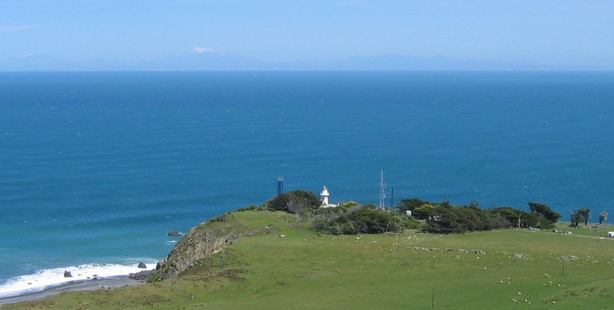
During the Pliocene period, about three million years ago, when global temperatures were 2C or so above today's levels, forests grew on what today is a mostly barren island in the Canadian Arctic and savannas and woodlands were spread across what is now North African desert.
It was a wetter, warmer period in the planet's recent geological history.
And last week, at a windswept point at the bottom of the North Island, the 400ppm milestone was reached in New Zealand for the first time since.
Scientists from the National Institute of Water and Atmosphere (Niwa) had been watching the readings recorded at the Clean Air Monitoring Station at Baring Head closely at it edged toward the symbolic threshold.
At the time of the Hawaiian 400ppm reading, scientists described it as a "psychological tripwire" and a stark reminder that the world was still not on a track to limit CO2 emissions -- growing at an annual rate of more than 2ppm -- and therefore climate impacts.
Nasa's Dr Gavin Schmidt said: "We are a society that has inadvertently chosen the double-black diamond run without having learned to ski first. It will be a bumpy ride."
http://www.nzherald.co.nz/climate-change/news/article.cfm?c_id=26&objectid=11651149
No comments:
Post a Comment